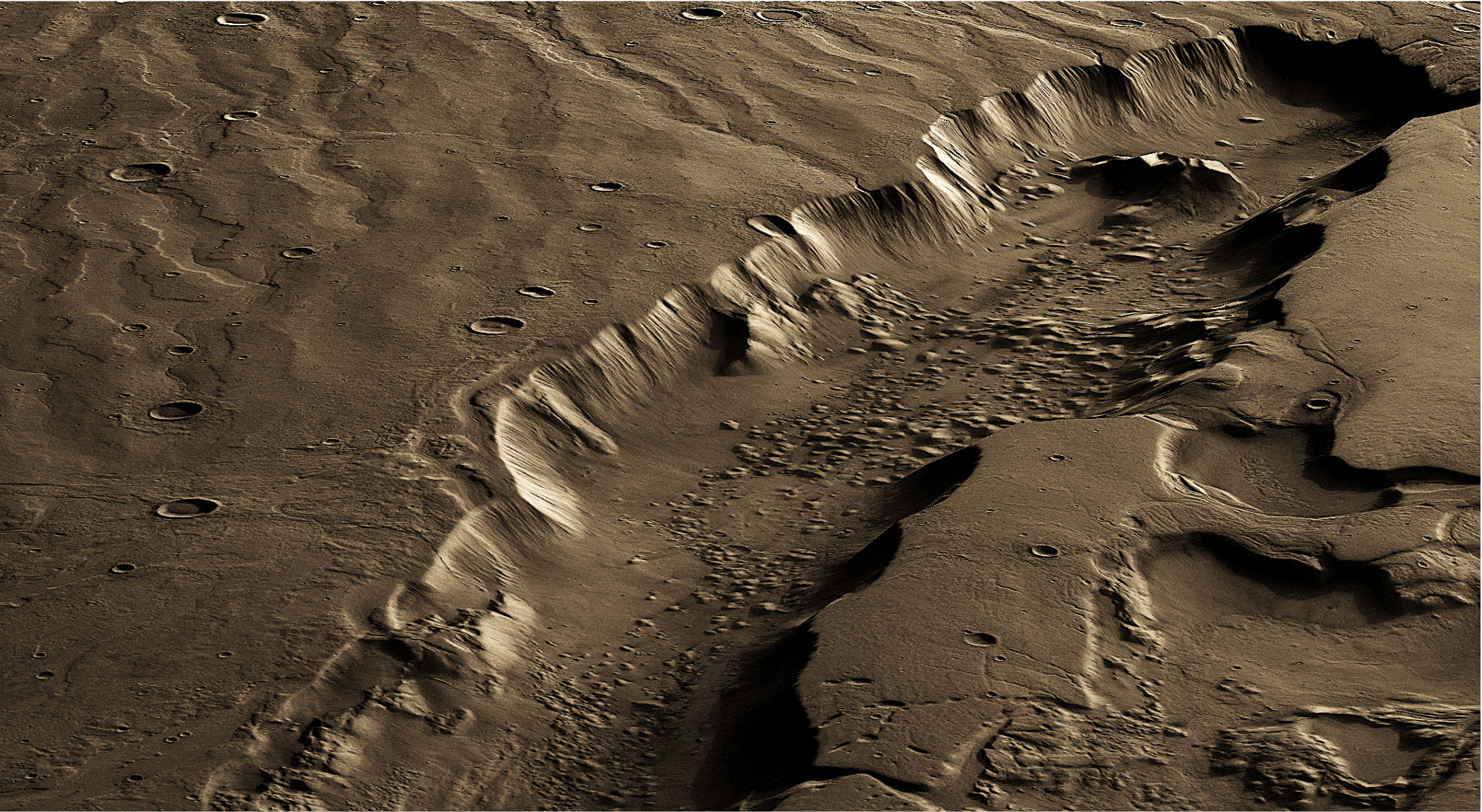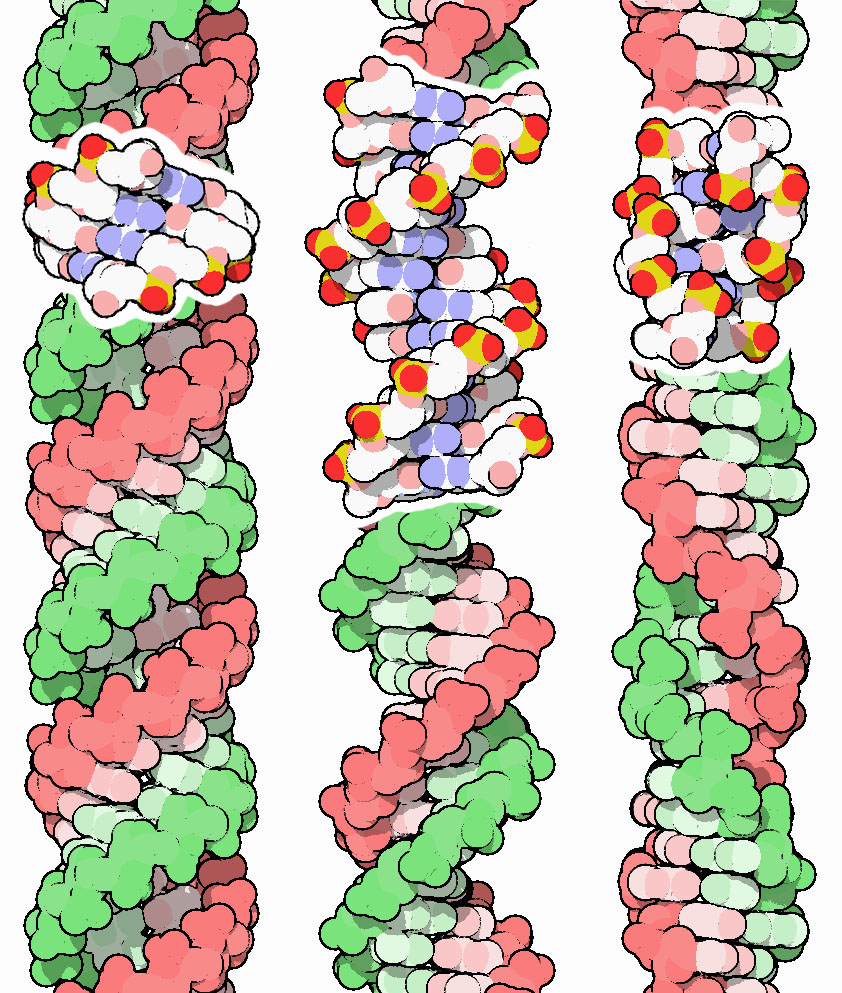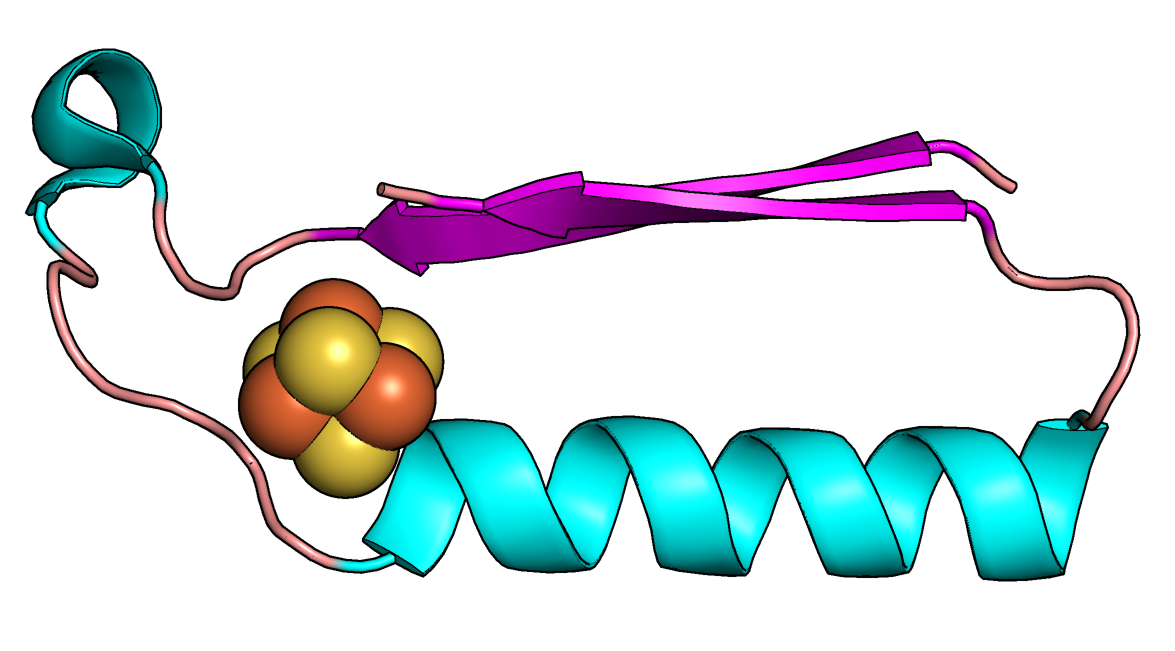Immigrants to Canada who have spent a greater proportion of their lives in Canada have a greater risk of developing multiple sclerosis (MS) than people who have spent a smaller proportion of their lives there, according to a study published in the April 24, 2024, online issue of Neurology®, the medical journal of the American Academy of Neurology. The study does not prove that an increased proportion of life in Canada causes MS; it only shows an association.
Tag: life
All work and no play will really make a dull life – new research reveals
The study across three countries led by the Department of Psychology’s Dr Paul Hanel discovered people who prioritised achievement over enjoyment were less happy on the next day.
Real estate expert spells out what home buyers should pay attention to in volatile housing market
During the housing boom of 2022, homes were selling for well above list price and buyers had to compete for what little was available, but that boom has gone bust, brought low by high interest rates, or so the headlines…
In Beautiful Death – A Life Course One Needs before It’s Too Late
Because “death” is the end of every life, Chula is offering “Beautiful Death” – a new class on Chula MOOC to explore the meaning of life through a quality death.
Rutgers Expert Can Discuss AI Advances Linked to RCSB Protein Data Bank
New Brunswick, N.J. (Dec. 3, 2020) – Stephen K. Burley, director of the RCSB Protein Data Bank headquartered at Rutgers University–New Brunswick, is available for interviews on how the bank’s 50 years of data on the 3D biomolecular structures of life and artificial intelligence can lead…

Best Region For Life on Mars Was Far Below Surface
The most habitable region for life on Mars would have been up to several miles below its surface, likely due to subsurface melting of thick ice sheets fueled by geothermal heat, a Rutgers-led study concludes. The study, published in the journal Science Advances, may help resolve what’s known as the faint young sun paradox – a lingering key question in Mars science.

Genetic Code Evolution and Darwin’s Evolution Theory Should Consider DNA an ‘Energy Code’
Darwin’s theory of evolution should be expanded to include consideration of a DNA stability “energy code” – so-called “molecular Darwinism” – to further account for the long-term survival of species’ characteristics on Earth, according to Rutgers scientists. The iconic genetic code can be viewed as an “energy code” that evolved by following the laws of thermodynamics (flow of energy), causing its evolution to culminate in a nearly singular code for all living species, according to the Rutgers co-authored study in the journal Quarterly Review of Biophysics.

Scientists Have Discovered the Origins of the Building Blocks of Life
Rutgers researchers have discovered the origins of the protein structures responsible for metabolism: simple molecules that powered early life on Earth and serve as chemical signals that NASA could use to search for life on other planets. Their study, which predicts what the earliest proteins looked like 3.5 billion to 2.5 billion years ago, is published in the journal Proceedings of the National Academy of Sciences.

Potted plants do not improve indoor air quality
Plotted plants ability to improve the air quality but they don’t actually clean indoor air quickly enough according to research by Drexel University